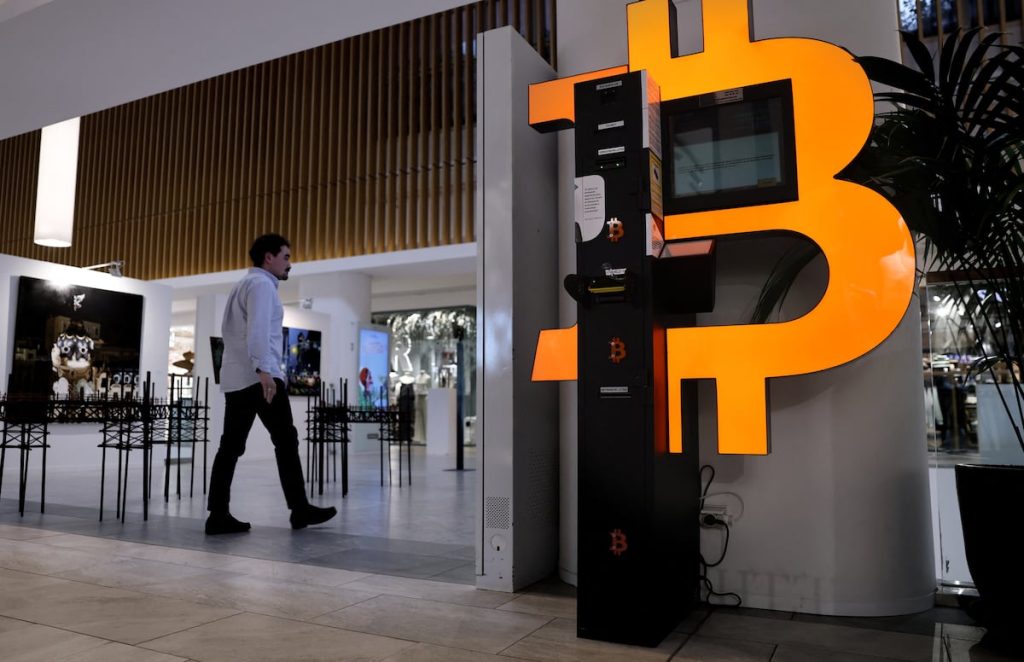The beginning of this year has proven to be quite volatile for various investments. Bond yields are experiencing significant fluctuations, and stock prices are also seeing sharp daily changes. However, cryptocurrencies, characterized by their speculative essence, have emerged as the most volatile asset class. This instability is largely driven by the unchecked comments of U.S. President Donald Trump regarding tariffs and his desire to position the U.S. as the leading global hub for cryptocurrency.
The instability in the market is evident in Bitcoin’s price fluctuations. On November 5, the day of Trump’s election win, Bitcoin was priced at $69,733. It reached as high as $109,000 in January, only to fall to approximately $83,000 thereafter. Despite a 19% increase since the election, Bitcoin is down 23% from its highest point.
As Simon Peters, an analyst at eToro, points out, investor sentiment in the crypto market has reached a record low, as indicated by the Crypto Fear and Greed Index, which dropped from a neutral score of 55 to an extreme fear score of 21 in under a week. “It’s natural for investors to feel anxious about such significant dollar movements, but corrections are typical for any financial asset,” he remarks. “Bitcoin is still up 70% compared to this time last year.”
One of Trump’s significant initiatives related to cryptocurrencies is the inclusion of Bitcoin, along with other cryptocurrencies like Cardano, Solana, and Ripple, in a strategy to create a strategic cryptocurrency reserve. This announcement initially boosted market prices but also sparked concerns within the Federal Reserve due to legal restrictions on holding crypto assets.
On March 7, Trump signed an executive order that formalized the establishment of a strategic Bitcoin reserve, which would be funded through legal seizures. This reserve is meant to serve as a store of value with no plans for liquidation. According to MarketScreener, “public funds cannot be used to acquire Bitcoins, and no additional purchases of other cryptocurrencies will be permitted,” disappointing many in the crypto community who anticipated significant acquisitions.
Bitcoin is leading the crypto space in both value and market dominance, with its market capitalization rising to $1.63 trillion, far surpassing Ethereum at $249 billion. Following these are Tether ($143 billion), XRP ($126 billion), BNB ($80 billion), Solana ($65 billion), USDC ($58 billion), and Cardano ($26 billion). Lapo Guadagnuolo from S&P Global Ratings indicates that certain cryptocurrencies are now viewed more positively. “For instance, Bitcoin is seen as digital gold due to its deflationary characteristics,” he explains.
Exchange-Traded Funds
While Trump has emerged as a strong advocate for the cryptocurrency sector, significant progress began last January with the Biden administration’s approval of spot exchange-traded funds (ETFs) for Bitcoin and Ether, which currently hold $136 billion in assets. This allows any U.S. investor to engage in daily buying and selling of these cryptocurrencies. The future for these products looks promising, with State Street projecting that crypto ETFs might surpass those of precious metals by the end of the year.



